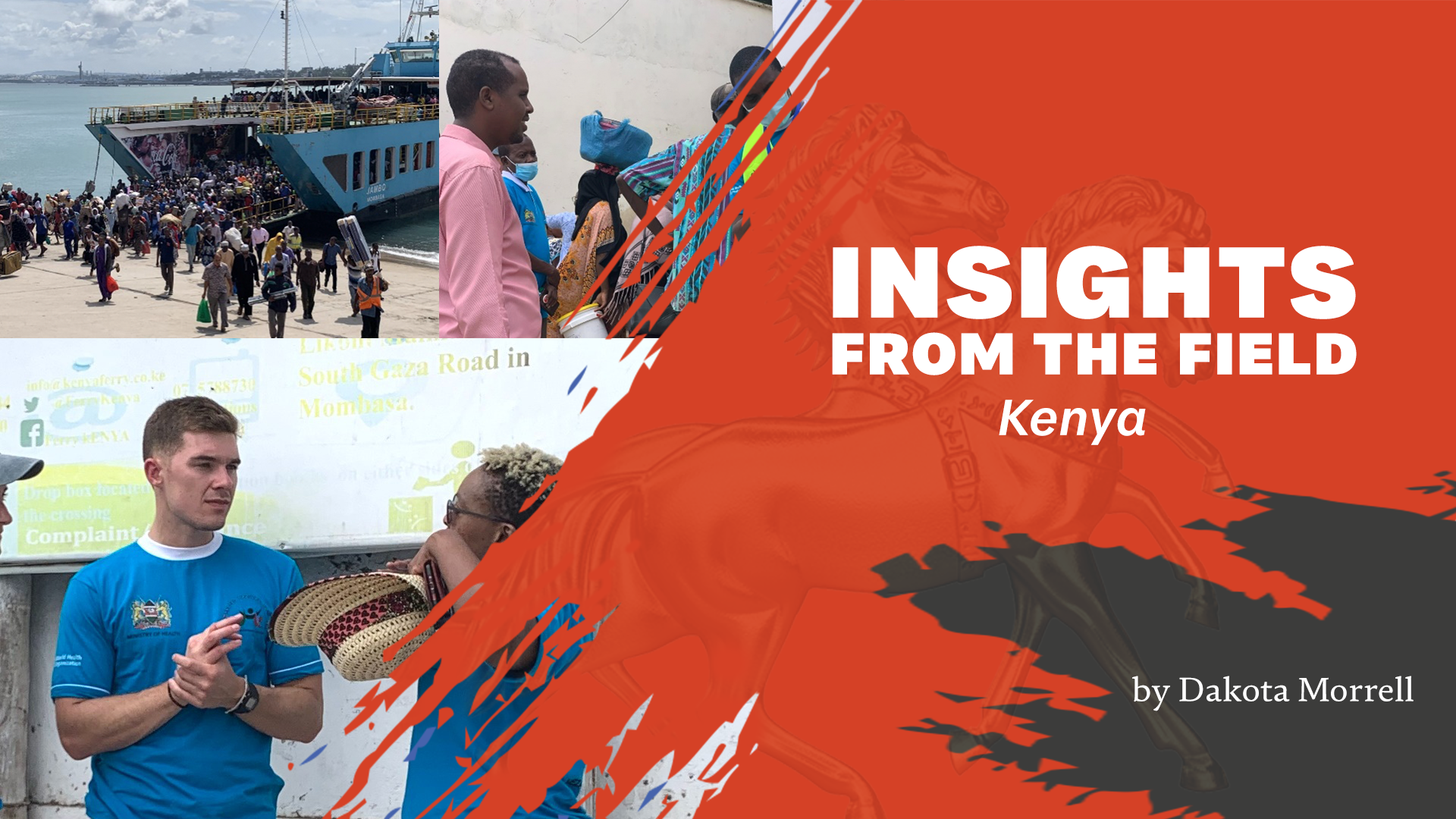In 2012, Legatum established the END Fund as an independent vehicle to bring together private donors to accomplish one big goal: to see an end to neglected tropical diseases (NTDs) in our lifetime.
Unbeknownst to most, these debilitating diseases affect one billion of the world’s most vulnerable and marginalised people, through chronic disability and morbidity. However, these diseases are both preventable and treatable.

In the lead up to World NTD Day, we join our partners in showing the world our solidarity and collective action to #BeatNTDs and #EndTheNeglect.
The second annual World NTD Day will take place on 30th January 2021. To help raise awareness, we include an extract from United Voices, a story about the founding of the END Fund, which traces the roots of NTDs and reveals how the term ‘neglected tropical diseases’ was coined.
Tracing the roots of NTDs
NTDs caused by parasitic worms, protozoa, and the bacterial agents of leprosy, Buruli ulcer, and trachoma, have a long, indeed ancient, history. As detailed in a 2008 paper by Peter Hotez, a professor of Pediatrics and Molecular Virology & Microbiology, “Descriptions of leprosy, schistosomiasis, guinea worm, hookworm, trachoma and other NTDs are found in the Bible.” One of the diseases, Dracunculiasis medinensis, colloquially known as the Guinea Worm, is believed to be the ‘fiery serpents’ that attacked the Israelites in the desert during their exodus from Egypt.
Today, 17 diseases are clustered under the umbrella term ‘neglected tropical diseases’, but this has been a gradual evolution. In 2002, the United Nations set out its Millennium Development Goals (MDGs), as part of a framework for global development. Two MDGs related to health; the fifth to improving maternal health, and the sixth addressed the need to ‘Combat HIV/AIDs, malaria and other diseases’. Vast sums of money were being channelled into preventive programmes for the named diseases - treatment for HIV/AIDs, for example, exceeded $200 per person in 2005. However, this vague categorisation of ‘other diseases’ not only created a second-tier of global disease management, but it also created a funding gap.
Quick to see how this linguistic imprecision could prove problematic, Hotez and Alan Fenwick, one of the leading Parasitologists of his time, were among delegates at a World Health Organization meeting in Berlin in 2003, where, in concert with others, they decided to employ the term ‘neglected tropical diseases’. As Hotez told the International Business Times in 2015: “It was really a branding exercise.”
In his definitive 2008 book, “Forgotten People, Forgotten Diseases”, Hotez further clarified the need for this collective term: “We soon realised that the major parasitic infections, as well as some selected bacterial and viral infections, could be thought of in aggregate as a group under the banner of the Neglected Tropical Diseases or the NTDs for short. The NTDs are the most common infections of poor people and the most important in terms of their health and economic impact. In many respects, their disease burden rivals those of better-known conditions, including HIV/AIDs, even though most people have never heard about NTDs. This continues to surprise us given that NTDs are ancient conditions that plagued humankind for centuries.”
Hotez and Fenwick’s dedication, along with the NTD community, has begun to reduce the neglect and provide light at the end of the tunnel for millions of people impacted by these malevolent diseases.
Learn more here:
Dubai International Financial Centre
Dubai, United Arab Emirates




